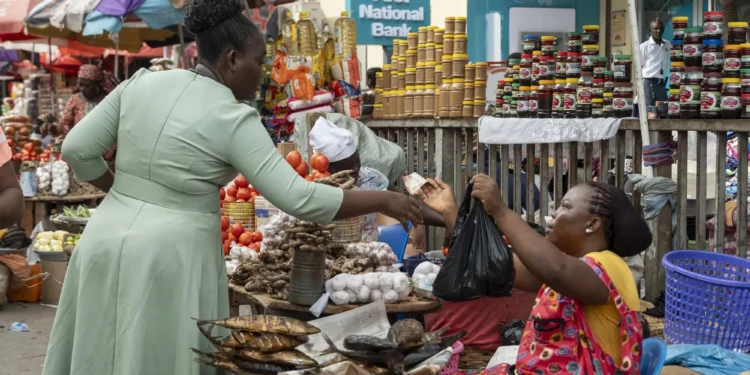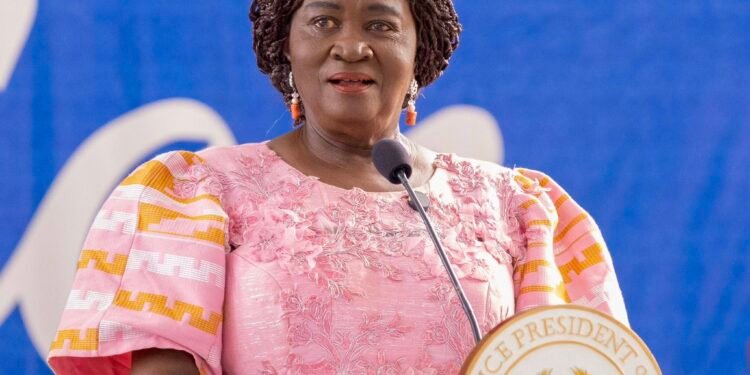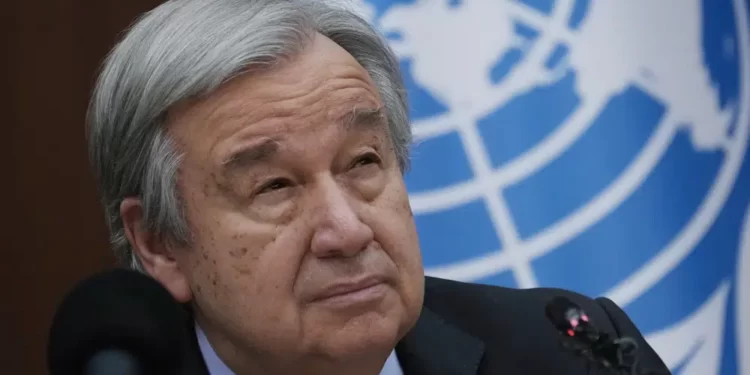According to the World Gold Council (WGC) in its latest quarterly report, central banks bought a record 399 tonnes of gold worth around US$20 billion in the third quarter of 2022, helping to lift global demand for the metal.
According to the WGC, buying by central banks in the third quarter took their purchases for the year to September to 673 tonnes, more than the total purchases in any full year since 1967. These, central banks, globally have accumulated gold reserves this year at a pace never seen. Among large buyers were the central banks of Turkey, Uzbekistan, Qatar, and India.
Purchases of gold bars and coins also surged in Turkey to 46.8 tonnes in the quarter, up more than 300 percent year-on-year, as people bought gold to shield themselves from rampant inflation.
“Looking ahead, we anticipate central banks buying and retail investment to remain strong,” said WGC analyst Louise Street. “We also expect to see jewelry demand continue to perform strongly in some regions such as India and Southeast Asia,” she said.
The WGC noted that the demand for gold was also strong from jewelers and buyers of gold bars and coins, however, exchange-traded funds (ETFs) storing bullion for investors shrank.
In total, the world’s gold demand amounted to 1,181 tonnes in July-September, up 28 percent from 922 in the same period in 2021, the WGC said. Meanwhile, it added that demand in the year to September has recovered to pre-pandemic levels. Moreover, the total gold supply increased marginally to 1,215 tonnes.
A Safe Asset for Times of Uncertainty
Gold is typically seen as a safe asset for times of uncertainty or turmoil, but many financial investors sold shares in gold-backed ETFs as interest rates rose and pushed up returns on other assets. Offloading of bullion by ETFs helped push gold prices down 8 percent in the third quarter, but this price fall helped stimulate demand for jewelry, the WGC said.
Global central banks hold more than 35,500 metric tons (MT) of gold in their reserves. Most of that supply has been amassed since 2010 when central bankers commenced a gold-buying spree.
Central banks were net sellers of gold before that time, selling roughly 4,426 MT of gold between 2000 and 2009. But for more than a decade now they’ve been net buyers, and in 2022 central bank gold reserves are at their highest level since 1990, according to data provided by the World Gold Council (WGC).
In 2018, national financial institutions set a 50-year record for gold purchases, snapping up 656 MT of the yellow metal. Buying was slightly lower in 2019, clocking in at approximately 605 MT.
2020 marked the second year of declines, with additions of just 255 MT, falling significantly short compared to the same period in 2019. The abrupt drop off was attributed to a rapidly rising gold price — mid-2020 was when values rose to what was then an all-time high of US$2,074 per ounce.
In the local scene, the Ghanaian Central Bank set up a five-year gold buying program in May this year, 2022 to buy gold locally to raise the gold component of its reserves in a bid to strengthen the cedi currency without increasing inflation.
READ ALSO: Depreciation of Cedi Reason for Petroleum Price Hikes – CBOD























